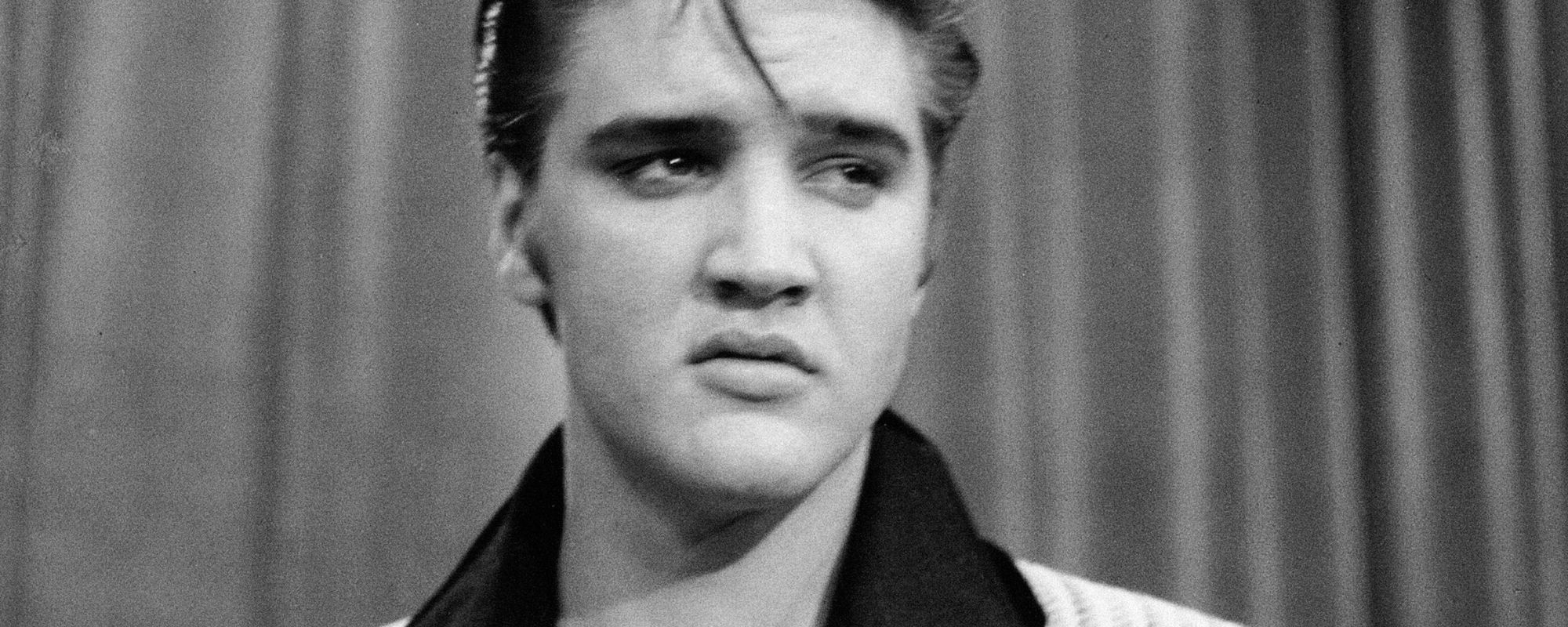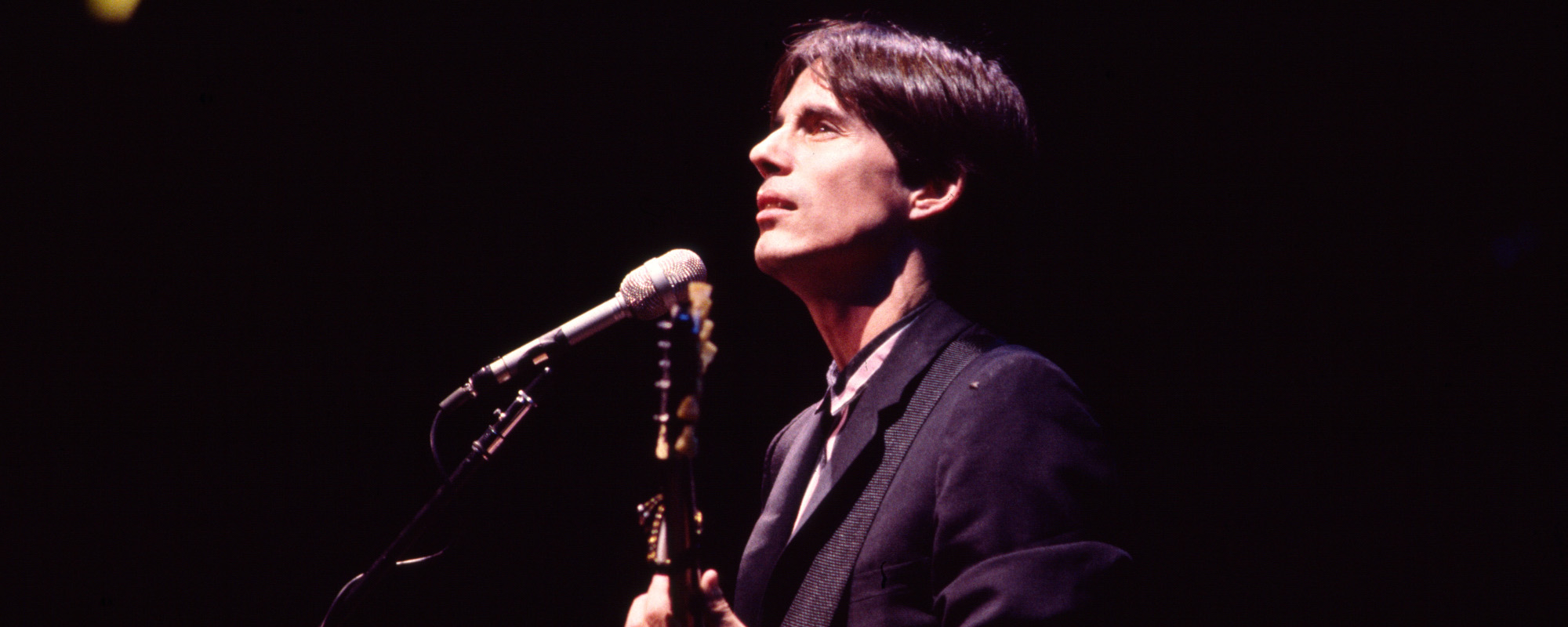In a world where most songs typically run the radio-friendly three and a half minutes, there are others that have reached more epic lengths, running at least 10 minutes or longer. Oftentimes playing mid-way through, on Side B, or used as the album closer, leaving its indelible, longer-lasting mark, many of these drawn-out tracks were concentrated in the 1960s and ’70s with more artists venturing into the lengthier realms decades on.
Videos by American Songwriter
Not every song broke the 10-minute mark, and there are many honorable mention tracks that broke the eight- or nine-minute mark like Bruce Springsteen’s 9:35-minute Born to Run closer “Jungleland,” featuring the late Clarence Clemons’ consuming sax solo. Others include the official version of Bauhaus’ 1982 goth opus “Bela Lugosi’s Dead,” which both run approximately 9:36 minutes, the recently re-birthed Metallica hit “Master of Puppets” (8:36 minutes), and Bob Dylan’s ode to boxer Rubin Carter on “Hurricane” (8:33 minutes), off his 1976 album Desire.
In all their varied layers, here are 10 songs that run 10 minutes or longer that are worth a listen—if you have 100-plus minutes to spare.
“Sinnerman,” Nina Simone (1965)
Written by Les Baxter and Will Holt / 10:19 minutes
Originally recorded by the Les Baxter Orchestra in 1956, a number of artists took on the bustling track before Nina Simone snatched it up, made it one word, “Sinnerman,” and took the song to another dimension. Released on her 1965 album Pastel Blues, a bluesy and mostly instrumentally-led album for Simone, and mostly subdued—until the end. Closing the album, “Sinnerman” leaves 10-plus minutes of uninhibited emotions, a bare-bones sermon only Simone could give, delivered through tinkling piano or layers of pulsing beats. Simone, who died in 2003 at the age of 70, would often close our her sets with the song saying, “I want to shake people up so bad that when they leave a nightclub where I’ve performed, I want them to be in pieces.”
“Desolation Row, Bob Dylan (1965)
Written by Bob Dylan / 11:21 minutes
Marking a transitional year for Bob Dylan as he broke from the folk scene, “Desolation Row,” the closing track off his sixth album Highway 61 Revisited, reflects the chaos of the time, the song a collection of dysfunctional vignettes of characters—an easy Cinderella, Einstein disguised as Robin Hood and The Phantom of the Opera in a perfect image of a priest, all placed in some dystopian world.
At midnight all the agents and the superhuman crew
Come out and round up everyone that knows more than they do
Then they bring them to the factory where the heart-attack machine
Is strapped across their shoulders and then the kerosene
Is brought down from the castles by insurance men who go
Check to see that nobody is escaping to Desolation Row
“Pigs (Three Different Ones),” Pink Floyd (1977)
Written by Roger Waters / 11:25 minutes; 14+ minutes, combined with “Pigs On the Wing” (Parts I and II)
Unlike the Wish You Were Here track “Shine On You Crazy Diamonds,” which runs more than 26 minutes through its multiple “parts,” on the mostly Roger Waters-penned Animals—with the exception of track “Dogs” co-written with David Gilmour—“Pigs (Three Different Ones)” is broken down in a similar fashion with a nearly one and a half minute (each) intro, outro of “Pigs On the Wing” (Part I and Part II, respectively), and mid-way point “Three Different Ones,” which runs 11:25 minutes. Of the five tracks on Animals, “Pigs” make up three of them.
“The End,” The Doors (1967)
Written by Jim Morrison / 11:43 minutes
The Doors had a penchant for pushing a song to its limits (recorded and live) with their Strange Days hit “When the Music’s Over,” which ran just over 11 minutes, and earlier track “The End,” off the band’s self-titled debut. Initially written by frontman Jim Morrison about his breakup with girlfriend Mary Werbelow, “The End” began fleshing out into something bigger as the band continued playing the song live during months of shows at the Whisky A Go-Go in Los Angeles. The initial recorded version runs for nearly 12 minutes.
“Every time I hear that song, it means something else to me,” said Morrison in a Rolling Stone interview in 1969. “I really don’t know what I was trying to say. It just started out as a simple goodbye song … probably just to a girl, but I could see how it could be goodbye to a kind of childhood. I really don’t know. I think it’s sufficiently complex and universal in its imagery that it could be almost anything you want it to be.”
“I’m Your Captain (Closer to Home),” Grand Funk Railroad (1970)
Written by Mark Farmer / Runs 10:09 minutes
The closing track to Grand Funk Railroad’s third album Closer to Home, the title track is the band’s longest studio recording and one of their best-known songs. Written by former Grand Funk Railroad guitarist and songwriter Mark Farmer, the 10-plus minute song—which underwent different titles shifts over time, even just credited as “Closer to Home”—tells the story of a captain in troubled seas, though the song resonated strongly during with veterans and those affected by the Vietnam War at the time.
“Station to Station,” David Bowie (1976)
Written by David Bowie / 10:14 minutes
Opening David Bowie’s 10th album Station to Station, the title track, co-produced by Bowie and Harry Maslin, was written and recorded at Cherokee Studios in Los Angeles between September and November 1975 and is the (then Thin White Duke’s) longest studio recording at more than 10 minutes. Opening for one minute on the chuffs and shrieks of a train with the sound traveling from the right to the left, “Station to Station” moves into a slower march before the latter half enters picks up in a new key, new temp, and new world.
“Achilles Last Stand,” Led Zepellin (1976)
Written by Jimmy Page and Robert Plant / 10:26 minutes
Off Led Zepellin’s seventh album Presence, “Achilles Last Stand” was written by Plant and Page during the summer of 1975, while Plant was still recovering from injuries he suffered in a car accident that summer. Miraculously, the Presence was still written and recorded in 18 days. Running nearly 10 and a half minutes, the song moves through different “chapters” driven by overdubbed guitar and other instrumental sections. Page has called “Achilles Last Stand” his favorite Led Zeppelin song and considers his guitar solo in the song level to “Stairway to Heaven.”
“Marquee Moon,” Television (1977)
Written by Tom Verlaine / Runs 10:45 Min.
The title track off NYC band Television’s 1977 debut album, “Marquee Moon” was not a popular track for radio at the time, though found some success in the U.K. when it was released, hitting No. 30 on the Singles chart. The song was so long that it had be split between two side of a 7” as “Marquee Moon” (Part I) at 3:13 minutes and (Part II), running 6:45 minutes.
“Three Days,” Janes Addiction (1990)
Written by Jane’s Addiction’s Perry Farrell, Dave Navarro, Eric Avery and Stephen Perkins / Runs 10:46 minutes
“Three Days” is three songs in one. Just a little mid-way into Jane’s Addiction’s 1990 album Ritual de lo Habitual, the track was inspired by a friend of frontman Perry Farrel’s, Ziola Blue—also behind the song “Xiola,” a song Farrell recorded with first band Psi-Com—who died of a heroin overdose in 1987. Led by Dave Navarro’s blistering guitar solo mid-way through, the song is atmospheric, tribal and the longest track Jane’s Addiction ever recorded.
“Coma,” Guns N’ Roses (1991)
Written by Axl Rose and Slash / Runs 10:14 minutes
The final track on Guns N’ Roses’ 1991 album Use Your Illusion I, “Coma” has no chorus, just verses, and was a song singer Axl Rose admits he was trying to write for a year. The song reflects Rose’s previous OD four years earlier and Slash’s more heroin-induced days.
“I went to write it at the studio and passed out,” said Rose. “I woke up two hours later and sat down and wrote the whole end of the song, like, just off the top of my head. It was like, don’t even know what’s coming out, man, but it’s coming. I think one of the best things that I’ve ever written was maybe the end segment of the song ‘Coma.’ It just poured out.”
Photo: Bob Dylan (PL Gould); Nina Simone (Tom Copi/Michael Ochs Archives)







Leave a Reply
Only members can comment. Become a member. Already a member? Log in.